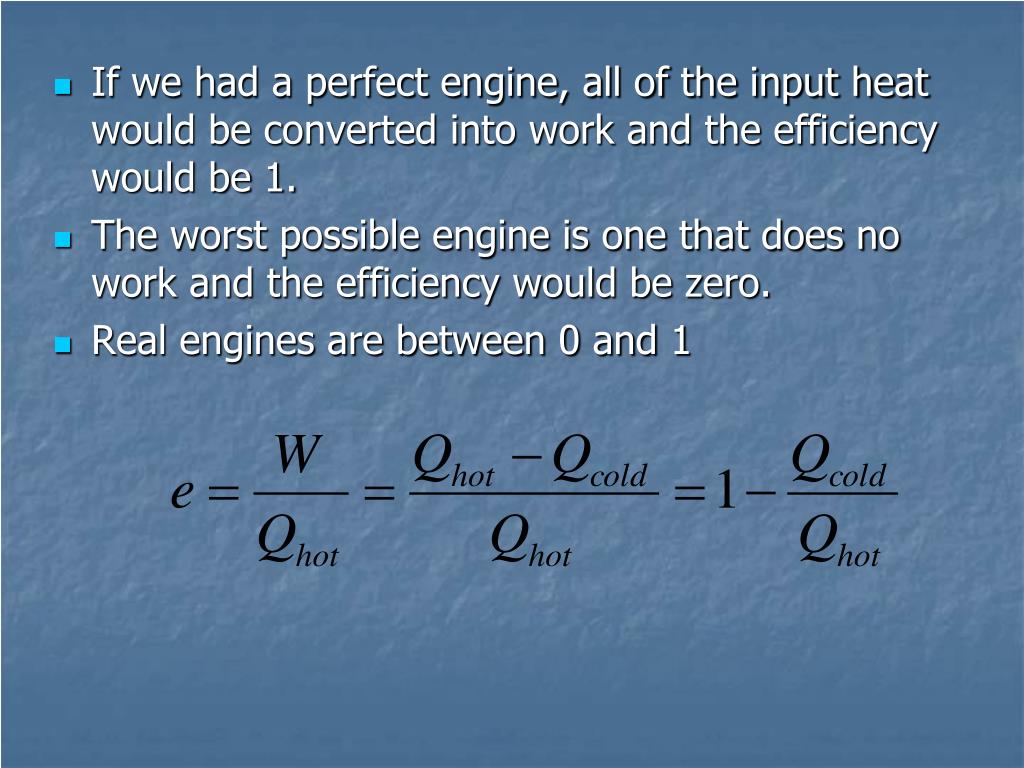
The temperature increase is larger at the bead surface that is closer to the focal volume of the trapping beam. As the particle gets closer to the geometrical focus (1→2) the intensity increases, raising the surface temperature of the bead and the steepness of the trapping potential. Then, the particle is attracted and pushed towards the waist by optical gradient and scattering forces.

1a,b), where the temperature is below the saturation temperature at p 0.

The cycle starts with the particle below the geometrical focus or waist of the beam (step 1 in Fig. The liquid (water) is transparent at the laser wavelength. The microsphere absorbs at the trapping laser wavelength (975 nm) and it is heated by linear absorption. In this experiment T cav is not measured, but the relevant parameters about the explosion are derived from the maximum bubble size.įigure 1b shows the microparticle (piston) trajectory in the optical tweezer at different steps of the cycle. However, in general, reported values of T cav are scattered in a wide range of temperatures 9, 10, 11, 12, 13 showing that the results are very sensitive to the heating rate, surface properties of the heater and contaminants in the liquid. Experiments that have used current pulses to heat thin films and filaments immersed in water have reported temperatures T cav at p 0 around 302 ☌ (refs 7, 8), which correspond to pressure rises of 8.7 MPa (at the binodal). The relaxation of a superheated liquid involves density fluctuations that eventually grow creating an exploding vapour bubble as described by the classical nucleation theory (homogeneous/heterogeneous) 5 and spinodal decomposition at the superheat limit ( T sp) 6. 1a, 3→4) results in a large pressure rise and the explosive expansion of the saturated vapour (cavitation bubble). The relaxation to the equilibrium saturated state at the binodal p/ T sat ( Fig. 1a, 1→3), where the liquid is superheated reaching a temperature T cav ( T sat( p 0)< T cav≤ T sp( p 0)). The dotted line depicts the isobaric heating path at atmospheric pressure p 0 in the engine cycle ( Fig.

The spinodal represents the limit at which the liquid can be superheated T sp( p). The binodal is the saturation curve T sat( p) where the p/ T sat pairs can be calculated from the steam table for the saturated water line.

The two continuous lines are the binodal and the spinodal. Figure 1a shows the phase diagram projected in pressure p and temperature T that is commonly used to describe superheating 4. In each cycle a microscopic volume of water is superheated above the normal boiling or saturation temperature, the superheated liquid is unstable and relaxes to an equilibrium saturated state with the nucleation of a vapour cavitation bubble (explosive vapourization). The mean work per cycle exceeds the amount generated by the stochastic heat engine 3 by six to eight orders of magnitude, while the frequency and maximum displacements are at least two orders of magnitude larger. Here a micrometer-sized piston steam engine is implemented in an optical tweezer, where a single microparticle is driven by microscopic explosions resulting from explosive vapourization and optical forces. The reported mean value of the extracted work w per cycle is 0.11 k B T C=4.5 × 10 −22 J, with maximum mean power w/ τ for τ=7 s, corresponding to a rate of 0.14 Hz. Recently, it was shown that a micrometer-sized heat engine can operate with a classical Stirling cycle between two heat baths ( T C=22 ☌, T H=90 ☌) in an environment where the engine dynamics are dominated by Brownian fluctuations 3. Environmental fluctuations can have a marked effect in the operation of microscopic heat engines. In the last two decades heat engines have been miniaturized using different fabrication and control methods to explore new ways to power small devices and periodically displace microscopic objects 1, 2, 3.


 0 kommentar(er)
0 kommentar(er)
